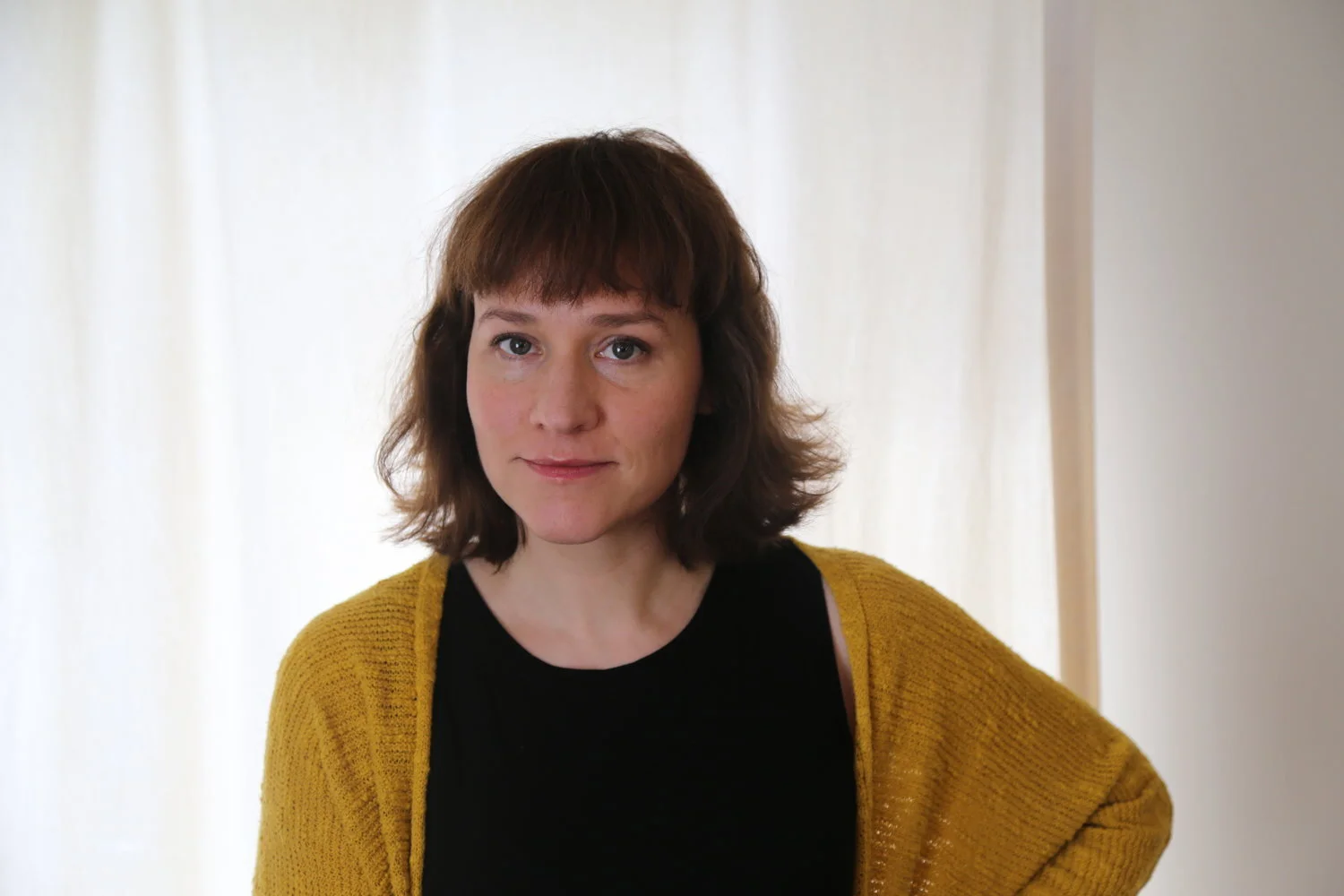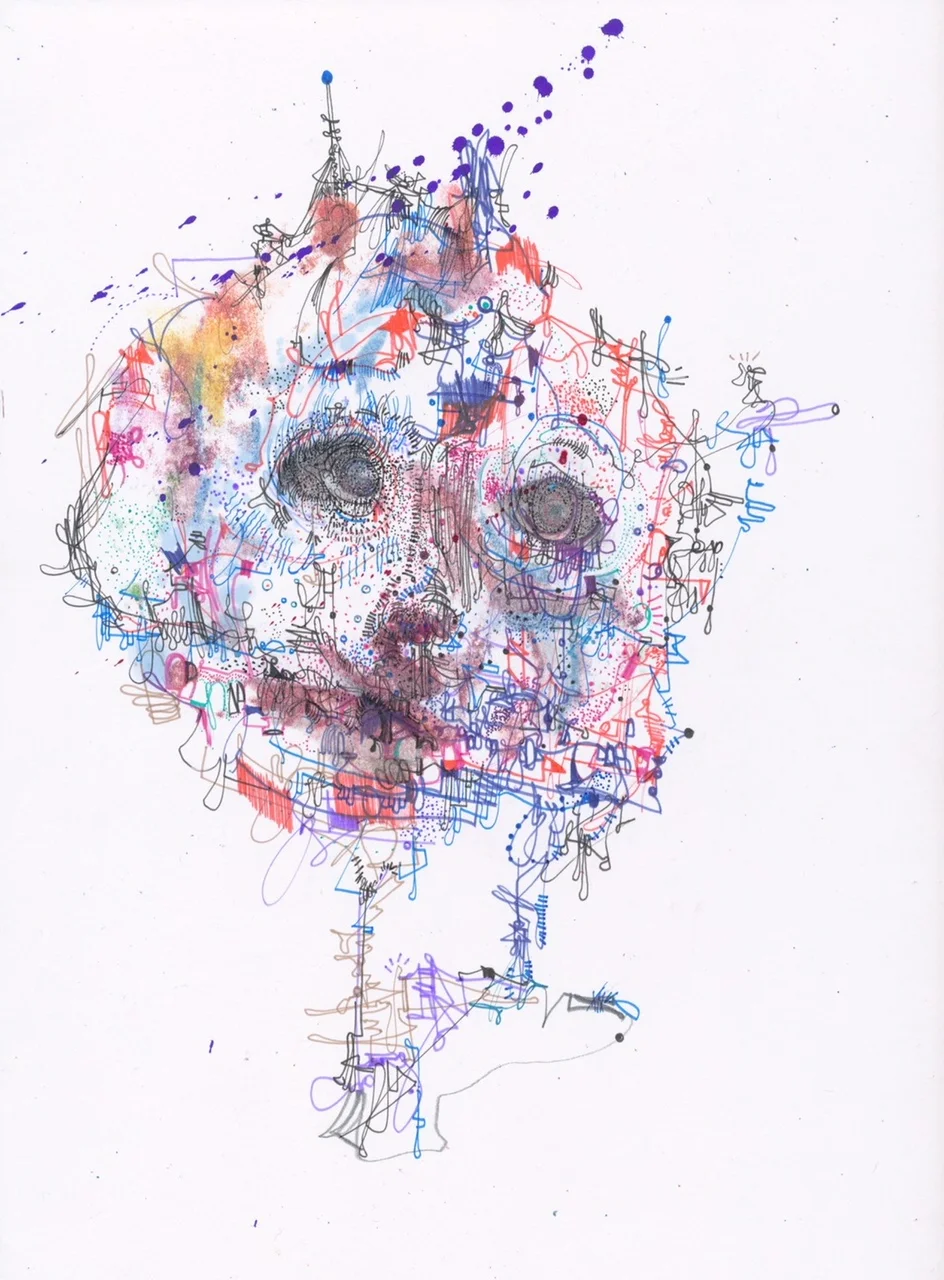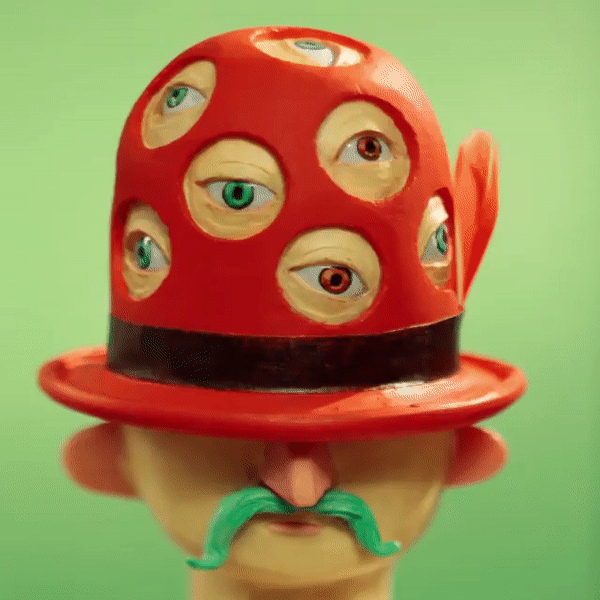Since 2016, Sarah Sloat has been combining erasure poetry and collage art with stunning results. The multimedia artist, who is currently residing in Spain, began transforming Stephen King's 420 page thriller novel Misery into a magical hybrid exploration of expression. Limiting every poem to just one page, each piece of the book is able to melt and mold into a new story through sharp lines ("I believe I pant, I bewilder") and unique imagery (rainbows, chairs, gardens, and the cosmos). It's a visual experience worth sharing and discussing, so I spoke with Sarah Sloat about her upcoming plans with her art form, her Misery manuscript, and the importance of good light.
via Tinderbox
How has 2018 been treating you so far?
I’m spending a year in Spain so I can’t complain. But sometimes I do. About Lufthansa!
Do you write poetry first or create the collages first?
In general I work on the poem first and let the collage grow up around it. I have imagined collages, though, and set the image aside in the hope there’d someday be a place to paste it.
When did you begin to combine these disciplines?
I started doing visual found poems in late 2016 as part of a project called The Poeming, in which poets were assigned a Stephen King book as a source text. Mine was Misery. I decided to limit myself to one page for each poem and to add some visual element. We did a poem a day, which was fun.
via DreamPop
What are you currently working on?
In the past months I’ve tried to move away from Misery and picked up different books: Benjamin Franklin’s autobiography, a volume of Eudora Welty stories, and Ali Smith’s The Accidental. The last piece I did is called “Eight Feet Tall,” from the Smith novel. I’ve also been scanning and scanning collages for a video a friend is making.
Are you focused on singular pieces or do you have any larger projects in the works?
Both. I’m trying to put together a manuscript of Misery poems. The technological side is daunting. I’m fine with handmade collage and writing poetry but pixels and formatting are a challenge.
What's are some studio essentials for your creations?
Good light, correction tape, an X-Acto knife, glue, tonic & lime.
Other than poetry/erasure/collage, do you have any other hobbies and interests?
Reading, of course. The best book I’ve read this year is Ian Kershaw’s biography of Hitler. Very relevant.
Outside of your own art, what visual artists / poets have you been enjoying recently?
I’ve found so many artists to love on Instagram: Ines Seidel, Pippa Young and Louisa Boyd are some of them. In poetry, I’m reading Heather Christle’s “What is Amazing” and recently really enjoyed Colleen O’Brien’s “Spool in the Maze,” which has a number of ekphrastic poems.
What is your favorite album to listen to while you work?
I favor a playlist of bossa nova. I listen to so much bossa nova I wake up swollen.
For this ongoing author interview series, I'm asking for everyone to present a writing prompt. It can be as abstract or as concrete as you choose.
Pull a page from a book you're willing to part with. Scan it for interesting words or phrases and see if you can string a short passage or sentence together. Try to make it surprising rather than just grammatical. Circle the words and obscure the remaining text with a marker or a colored pencil.
If you’re stuck, one way to launch an erasure poem is to find an abstract or general word high on the page, then look for either “is” or “was,” followed by a phrase or noun that might define the word. It can be anything, e.g. ‘the hospital was a wig of damp curls,’ or ‘sleep was a hut on a highway.’ See if the page takes you somewhere surprising.
For an example, I suggest this poem.
Do you have any advice for artists working on their craft?
Oh, I’m not a great advice giver. I never took a poetry or an art class. The best I can offer is don’t be intimidated.




































